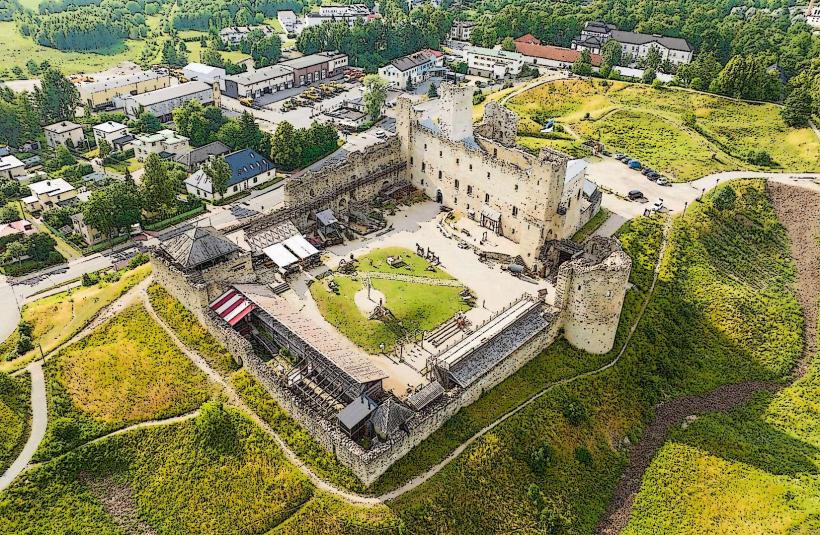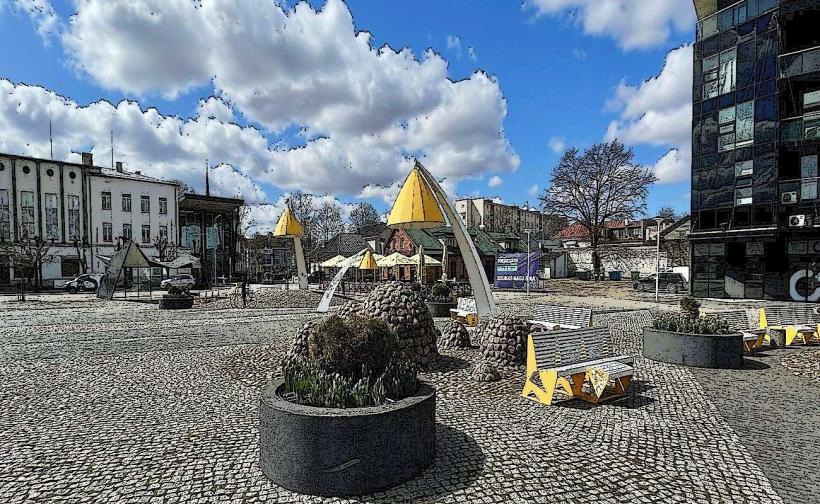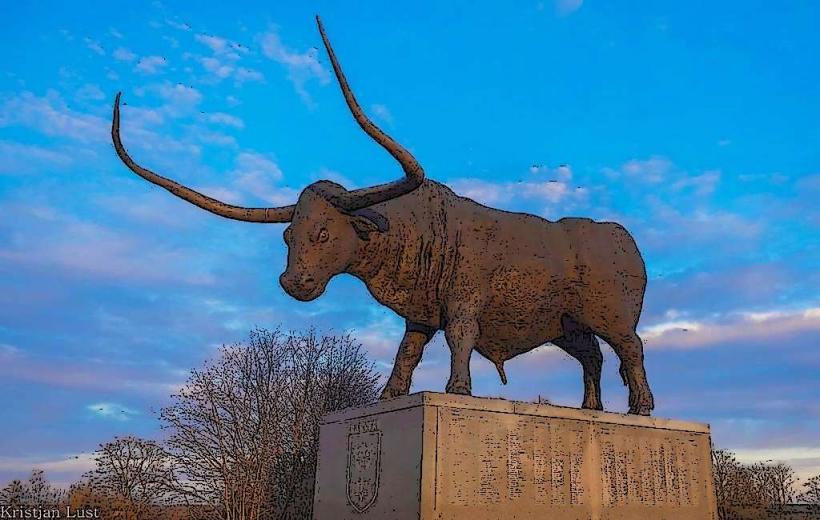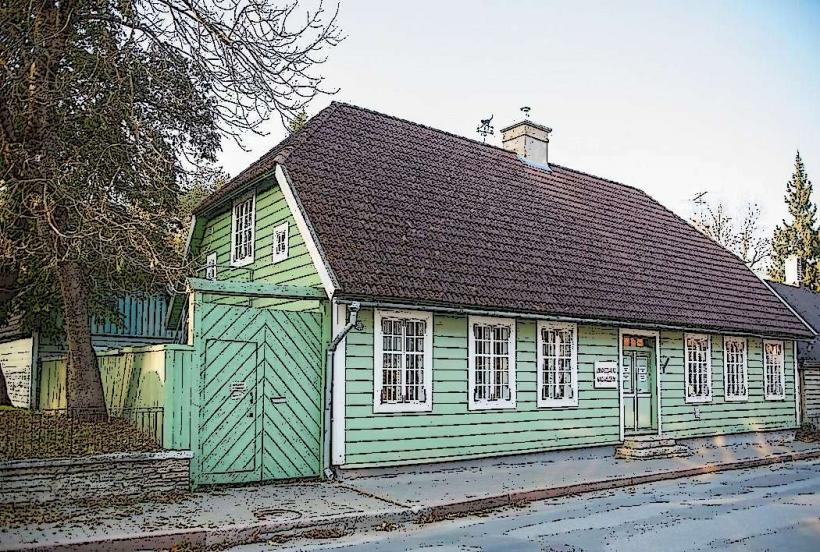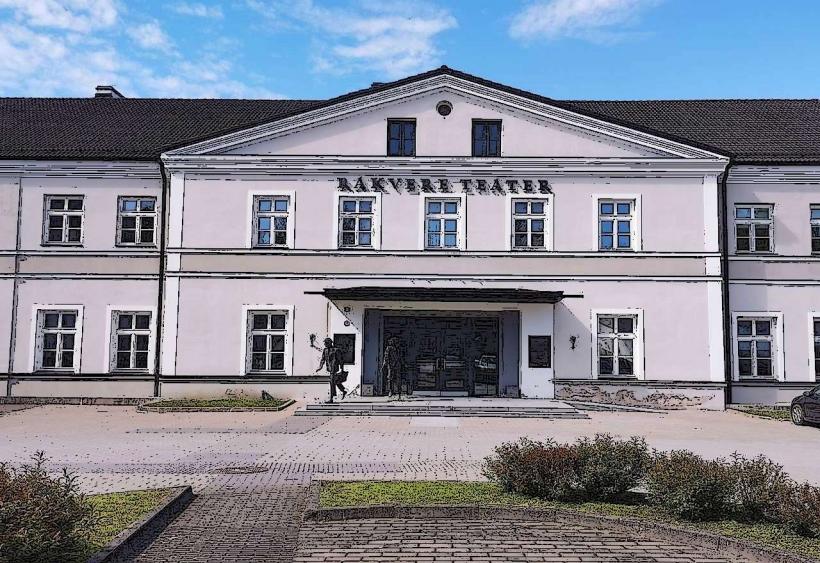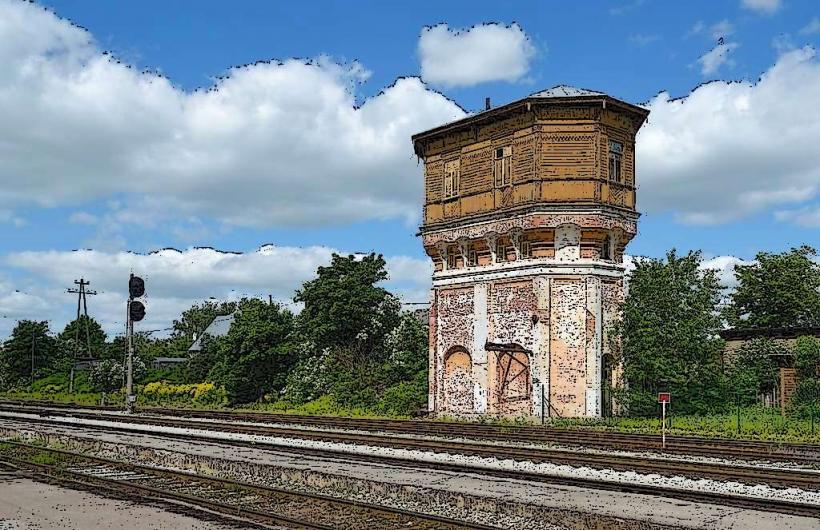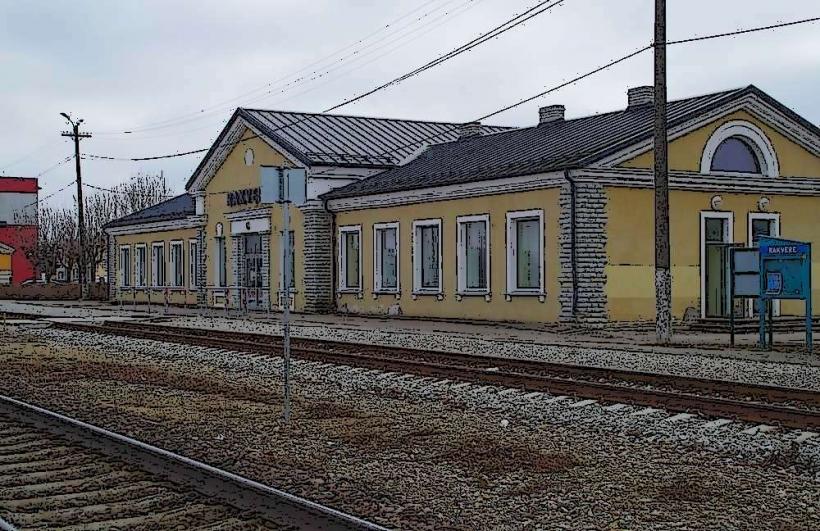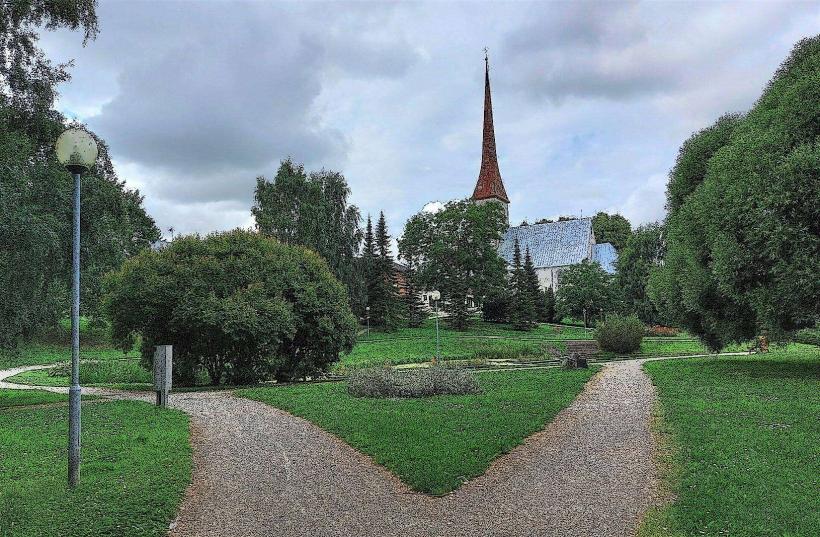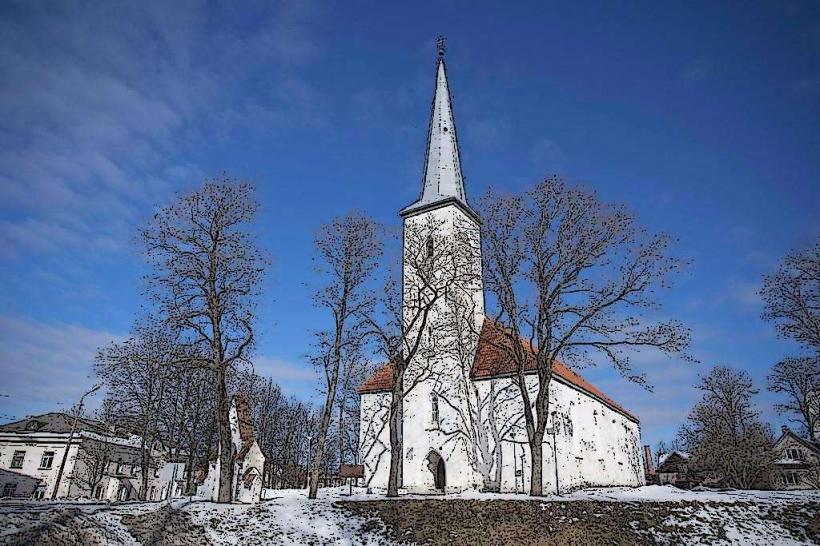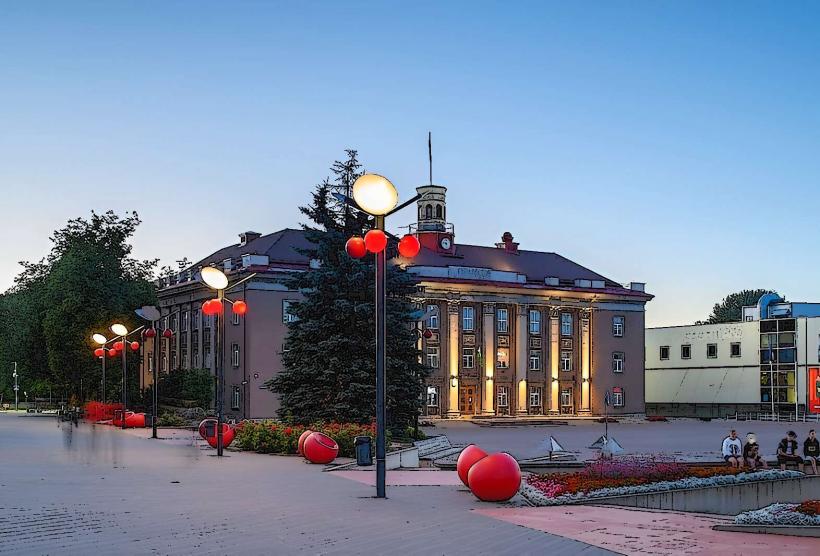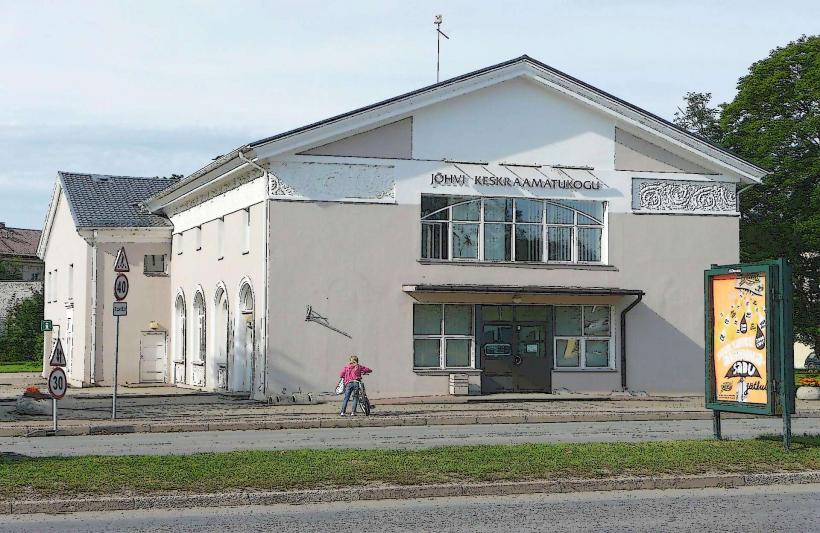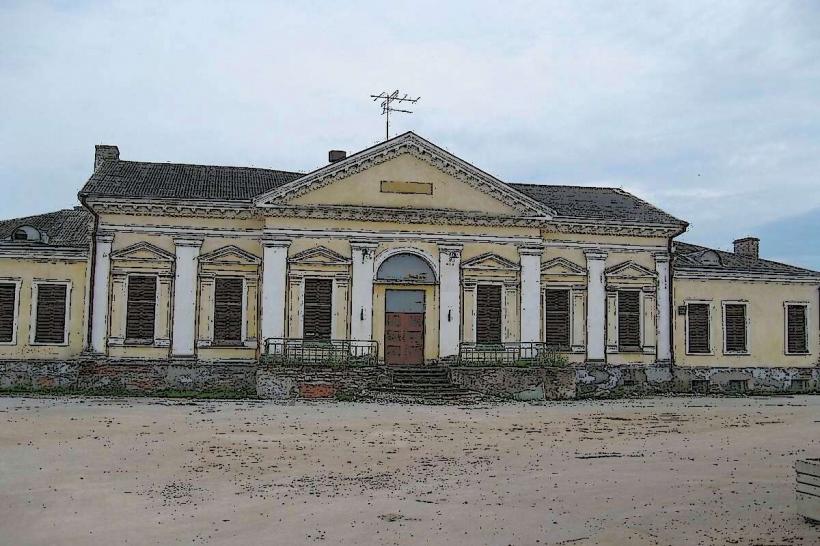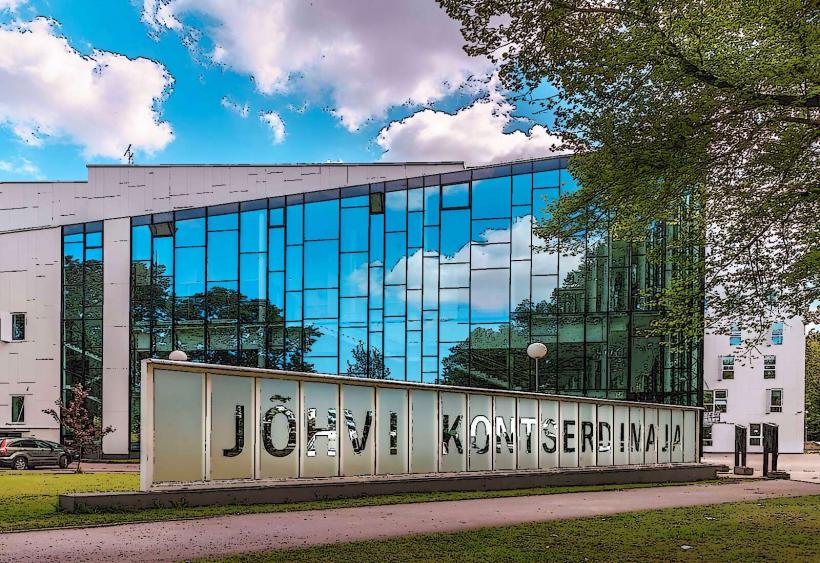Information
City: RakvereCountry: Estonia
Continent: Europe
Rakvere is a charming town located in northern Estonia, about 100 kilometers (62 miles) from Tallinn, the capital city. It serves as the administrative center of Lääne-Viru County and is known for its rich history, cultural heritage, and historical landmarks. Although it is a relatively small town, Rakvere offers a variety of attractions that blend medieval history with modern developments.
Geography and Setting
- Location: Rakvere is situated in the northern part of Estonia, close to the Baltic Sea. It lies along the E20 highway, which connects it to Tallinn and other important towns in the region. The town is set in a scenic landscape, surrounded by forests, lakes, and fields, offering a peaceful atmosphere.
- Climate: Rakvere experiences a temperate continental climate with cold winters and mild summers. Winter temperatures can drop below freezing, while summer temperatures typically range from 15°C to 25°C (59°F to 77°F).
Historical Significance
- Medieval Origins: Rakvere’s history dates back to the medieval period, and it was first mentioned in 1502 in written records. The town grew around a castle, known as Rakvere Castle, which became an important center of power in the region during the Middle Ages.
- Swedish and Russian Rule: Throughout its history, Rakvere has been under the control of various powers. It was part of the Swedish Empire in the 17th century and later came under Russian rule during the 18th century. These periods significantly influenced the town's architecture, culture, and development.
- Estonian Independence: After Estonia gained independence in 1918, Rakvere continued to grow and develop as a regional center. The town saw industrialization and urbanization in the 20th century, while preserving its historical character.
Key Attractions
Rakvere Castle:
- Rakvere Castle (also known as Tarvastu Castle) is the town’s most famous landmark and a significant historical site. Built in the 14th century, the castle was once the seat of local rulers and a key defensive structure. It has been partially reconstructed and is open to the public, where visitors can explore its medieval towers, halls, and ramparts.
- The castle also offers interactive exhibits, including medieval reenactments, guided tours, and themed events. One of the highlights is the medieval-themed restaurant, where guests can enjoy meals prepared in the style of the Middle Ages.
The Rakvere City Museum:
- The Rakvere City Museum offers an in-depth look into the town’s history, from its medieval origins to modern times. The museum’s collection includes artifacts, photographs, and exhibitions that illustrate Rakvere’s role in Estonia’s past, particularly during its time as a fortified town. The museum is housed in a historic building and offers an informative experience for visitors interested in local history.
The Vabaduse Square (Freedom Square):
- Vabaduse Square is the central public square of Rakvere, featuring a mix of historical and modern architecture. The square is a popular gathering place for locals and hosts various cultural events and festivals throughout the year. It is also home to the Freedom Monument, which commemorates the struggle for Estonian independence.
Rakvere Sculpture Park:
- Rakvere’s Sculpture Park is an open-air museum located near the town center. The park features a collection of sculptures created by Estonian and international artists. The sculptures represent a variety of themes, from abstract forms to figures inspired by Estonian folklore and history. The park is an excellent place for a leisurely stroll while enjoying contemporary art in a natural setting.
The Tarvas Monument:
- One of Rakvere’s most iconic symbols is the Tarvas monument, a large bronze statue of an ancient aurochs (wild ox), which once roamed the region. The statue is a tribute to the ancient past of the area and has become a popular photo spot for visitors to the town. The Tarvas is located near the center of Rakvere and represents the connection between the town and the natural history of the region.
Rakvere Animal Park:
- Rakvere Animal Park is a small zoo and nature reserve located on the outskirts of the town. The park features a variety of animals native to the region, including elk, wild boar, and various bird species. It is an ideal place for families with children or anyone interested in Estonia’s wildlife and natural surroundings.
The Rakvere Orthodox Church of St. Nicholas:
- The Orthodox Church of St. Nicholas is a beautiful example of traditional Russian Orthodox architecture, built in the early 20th century. The church is an important religious and cultural site in Rakvere, and visitors can admire its intricate design, colorful mosaics, and serene interior.
Keskväljak (Central Square):
- The town's Keskväljak (Central Square) is a lively hub for shopping, dining, and entertainment. Surrounded by cafes, shops, and cultural venues, it is a great place to experience local life. The square is a favorite spot for both locals and tourists, especially during the summer months when outdoor events and festivals take place.
The Rakvere Art Gallery:
- The Rakvere Art Gallery is a venue dedicated to showcasing contemporary Estonian art. It features rotating exhibitions of paintings, sculptures, and other art forms, with a focus on both local artists and international contributors. The gallery provides a platform for new and emerging artists, as well as established names in the Estonian art world.
Culture and Lifestyle
- Vibrant Local Life: Rakvere has a lively and active local community, with a mix of historical traditions and modern influences. The town hosts a variety of cultural events throughout the year, including concerts, art exhibitions, theater performances, and festivals. The town’s cultural life is complemented by its many cafes, restaurants, and small shops, making it an enjoyable place for both residents and visitors.
- Festivals and Events: Rakvere hosts a number of festivals that highlight its cultural heritage and community spirit. The Rakvere Opera Festival, held annually, brings together opera performers from Estonia and abroad. The town also celebrates the Rakvere Medieval Days, a historical reenactment festival that attracts history enthusiasts and tourists.
- Outdoor Activities: The town’s surrounding nature offers opportunities for outdoor activities, including hiking, cycling, and birdwatching. Rakvere is close to several nature reserves and forests, making it an ideal base for exploring the Estonian countryside.
Transportation
- By Car: Rakvere is well-connected by road, and visitors can easily drive to the town from Tallinn or other major Estonian cities. It is located along the E20 highway, which provides access to the rest of the country.
- By Bus: Rakvere has a central bus station with regular connections to Tallinn, Tartu, and other towns in Estonia. The bus service is reliable and an affordable way to reach the town.
- By Train: Rakvere is also accessible by train, with a station offering services to and from Tallinn and other cities in northern Estonia. The train ride provides scenic views of the Estonian countryside.
Atmosphere
- Small-Town Charm: Rakvere has a relaxed and welcoming atmosphere, with a blend of medieval charm and modern amenities. The town’s history is ever-present, from the castle ruins to the narrow cobblestone streets, while its lively cultural scene brings a fresh energy to the area.
- Accessible and Peaceful: As a smaller town, Rakvere offers a more laid-back alternative to larger cities like Tallinn or Tartu. Visitors can explore the town at their own pace, enjoying its mix of history, culture, and natural beauty. The peaceful environment and friendly locals make it a pleasant place to visit or live.
Rakvere is a hidden gem in northern Estonia, offering a combination of medieval history, cultural attractions, and natural beauty. Whether you're visiting the Rakvere Castle, exploring the Sculpture Park, or enjoying the local festivals, the town provides a unique and authentic Estonian experience.

